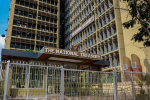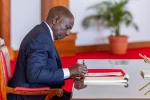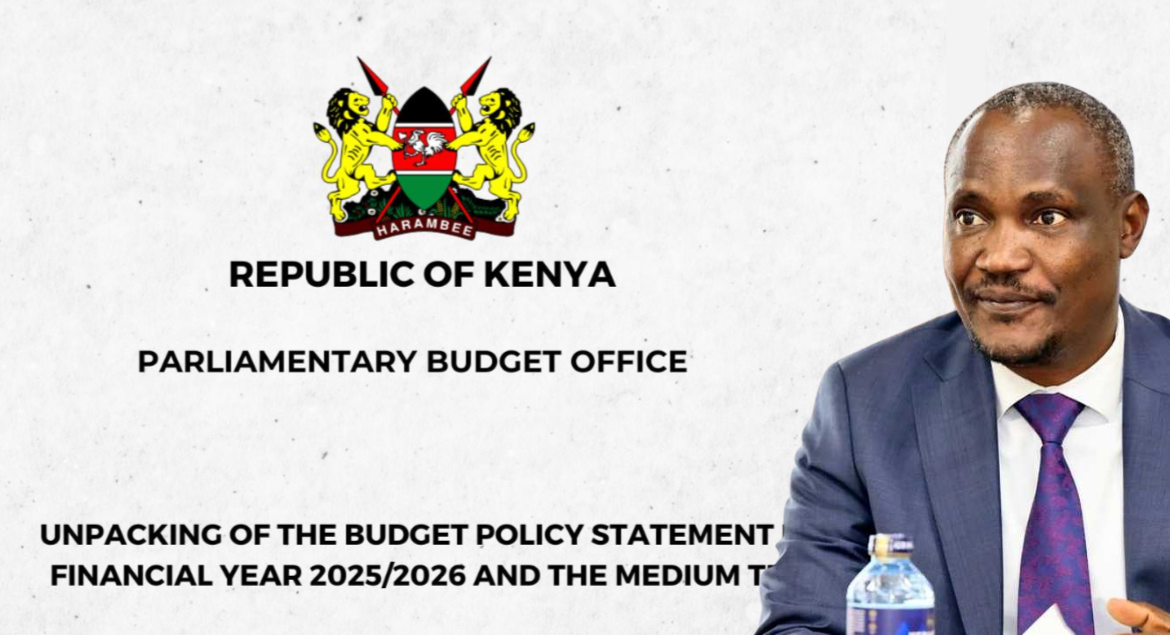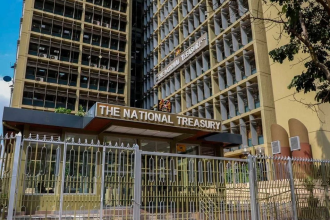The Parliamentary Budget Office (PBO) has expressed concerns regarding the feasibility and risks associated with Kenya’s 2025/26 budget policy statement (BPS), submitted by the National Treasury to Parliament on February 13, 2025.
While the BPS, titled “Consolidating Gains Under Bottom-Up Economic Transformation Agenda for Inclusive Green Growth,” outlines the Kenya Kwanza Government’s medium-term fiscal and economic strategy, the PBO’s analysis points to potential revenue shortfalls, rising debt burdens, and implementation challenges that could derail the government’s ambitious plans.
The National Treasury projects Kenya’s economy to grow by 5.3 per cent in 2025, up from an estimated 4.6 per cent in 2024, driven by favourable agricultural conditions, ICT investments, tourism boosts, and reduced production costs in industry.
However, the PBO casts significant doubt on this optimism. Citing the slow implementation of Bottom-Up Economic Transformation Agenda (BETA) priorities, limited fiscal space, and external vulnerabilities like climate shocks, the PBO forecasts a more modest 4.8 per cent growth. This reflects a cautious outlook amid global uncertainties and domestic constraints.
Inflation is expected to remain within the Central Bank of Kenya’s target range of 5 per cent (± 2.5 per cent), supported by low food and fuel prices. Headline inflation dropped to 3.3 per cent by January 2025.
However, the PBO warns that core inflation—excluding volatile food and fuel items—remains elevated at 3.7 per cent, signalling persistent cost pressures in other sectors like healthcare and education. This divergence suggests that while consumers may feel temporary relief, underlying economic strains could persist.
Fiscal Framework: PBO Warns of Revenue Underperformance
The BPS projects total revenue, including appropriations-in-aid (A-i-A), to be KSh3.385 trillion (17.6 per cent of GDP) for FY 2025/26, an increase from KSh3.060 trillion in FY 2024/25. However, the PBO raises concerns about historical underperformance—revenue fell short by KSh107.7 billion in the first half of 2024/25, and ordinary revenue as a share of GDP has declined.
The PBO questions the feasibility of these targets, noting that proposed revenue mobilisation strategies mirror past efforts with limited success.
Total spending is pegged at KSh4.336 trillion, with recurrent costs dominating. While fiscal consolidation aims to reduce expenditure from 22.8 per cent of GDP in FY 2024/25 to 22.1 per cent in FY 2025/26, development spending has shrunk, risking stalled projects. Interest payments on public debt have surged, underscoring Kenya’s growing debt burden.
The fiscal deficit is targeted to narrow to 4.3 per cent of GDP in FY 2025/26. The PBO warns that revenue shortfalls and unplanned expenditures could push the deficit above 5 per cent, with increased domestic borrowing potentially crowding out private sector credit, which has already contracted sharply.
While the BPS emphasises key sectors like agriculture and healthcare, the PBO critiques the lack of clear frameworks for implementation. In agriculture, the PBO notes that projects like County Aggregation and Industrial Parks (CAIPs) remain unoperationalised.
Healthcare reforms face funding uncertainties, and education funding gaps threaten ambitious reforms. Infrastructure faces delays due to pending bills, and the Affordable Housing Fund has delivered far fewer units than promised.
County governments are set to receive KSh405.1 billion as equitable share in FY 2025/26. However, the PBO expresses concerns about fiscal discipline, noting that only nine counties met the 30 per cent development spending threshold in FY 2023/24. Wage bills remain high, and pending bills have ballooned. While reforms aim to boost Own Source Revenue (OSR), the PBO doubts their immediate impact.
Revenue Mobilisation: Old Strategies, Unclear Outcomes
Kenya’s 2025/26 budget emphasises the need to improve revenue collection through various measures, including tax policy reforms and strengthening tax administration.
However, the PBO notes that these proposals largely mirror previous policy instruments, raising concerns about their effectiveness. Additionally, the lack of quantifiable impact assessments for each proposed measure makes it difficult to gauge their potential success.
Kenya’s debt anchor requires a primary surplus of 1.4 per cent of GDP to stabilise the debt ratio. The projected 0.4 per cent surplus in 2025 falls short, signalling potential debt sustainability risks. The PBO warns that external shocks could inflate debt costs, while climate change and contingent liabilities add further pressure.
The government plans to finance the fiscal deficit through a combination of domestic and external borrowing. Increased domestic borrowing could risk crowding out the private sector.
While Kenya’s 2025/26 budget presents an optimistic vision for Kenya’s economic future, the PBO’s analysis reveals a number of critical risks and challenges.
The government must address revenue shortfalls, rising debt costs, and implementation delays with pragmatic reforms and robust contingency plans to ensure the budget’s goals are achievable and to avoid potential economic instability.
The PBO’s cautions underscore the need for a balanced and realistic approach to fiscal management in the face of significant uncertainties.












